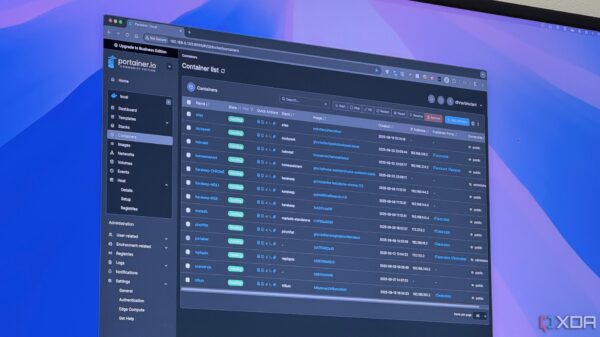Late payments and cash flow unpredictability continue to challenge businesses, particularly in North America, where nearly half of B2B invoices are still paid late. The recent report from PYMNTS Intelligence, titled “Virtual Cards Cut Payment Delays and Protect Buyer-Supplier Ties,” in collaboration with American Express, reveals that virtual cards have the potential to significantly alleviate these issues. Despite a strong interest in their adoption, many organizations have yet to fully implement virtual card solutions.
One of the main barriers to adoption is supplier hesitation. Many suppliers view virtual card programs as complex or burdensome. However, the report emphasizes that virtual cards not only accelerate payments but also reduce days sales outstanding (DSO) and minimize the time spent on chasing invoices. Educating suppliers about the benefits of virtual cards is essential. They must understand how these tools can directly enhance their cash flow and lower administrative costs.
Interest among financial leaders is substantial. Approximately 78% of middle-market chief financial officers (CFOs) express a strong interest in accepting virtual cards. Yet, fewer than half of companies globally have incorporated them into their payment processes. This gap indicates a need to translate interest into actionable strategies. Organizations that focus on modernizing payment methods can harness this interest to drive internal adoption and engage their supplier networks effectively.
Another misconception hindering adoption is the belief that implementing virtual card programs requires extensive IT resources. The report highlights that, contrary to popular belief, providers like Boost Payment Solutions can often have these programs operational within days, particularly when combined with straight-through processing. Automating reconciliation and eliminating manual entry not only expedite integration but also enhance security and decrease human error. Emphasizing the ease of adoption can help financial leaders address resistance stemming from perceived complexity.
Virtual cards are not limited to supplier payments; their spend controls—by amount, merchant, or date range—make them versatile for various use cases. These include employee expenses, recurring vendor payments, and cross-border transactions. By expanding the application of virtual cards across different spending categories, businesses can unlock further efficiency gains, reduce fraud exposure, and provide finance teams with improved visibility and control.
The growth trajectory of the virtual card market underscores the necessity of adoption as a strategic priority. The report forecasts that the B2B virtual card market will grow from $14.65 billion in 2025 to $61 billion by 2032. Furthermore, 82% of current users plan to expand their virtual card usage within the next year. These statistics reveal a competitive landscape: businesses that hesitate to adopt risk falling behind their peers who are already leveraging virtual cards to enhance cash flow and strengthen buyer-supplier relationships.
By combining strategies such as educating suppliers, converting CFO interest into action, leveraging automation, expanding use cases, and understanding market momentum, businesses can significantly increase virtual card adoption. This shift not only promises faster and safer payments but also cultivates stronger commercial relationships and more resilient working capital strategies. As highlighted in the PYMNTS Intelligence report, 2025 could mark a pivotal year in which virtual cards transition from a niche solution to a mainstream component of B2B payments.







































































